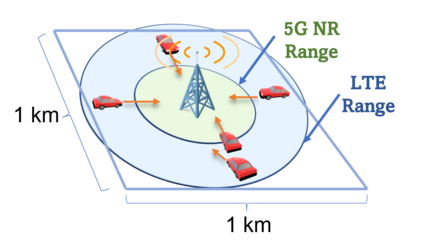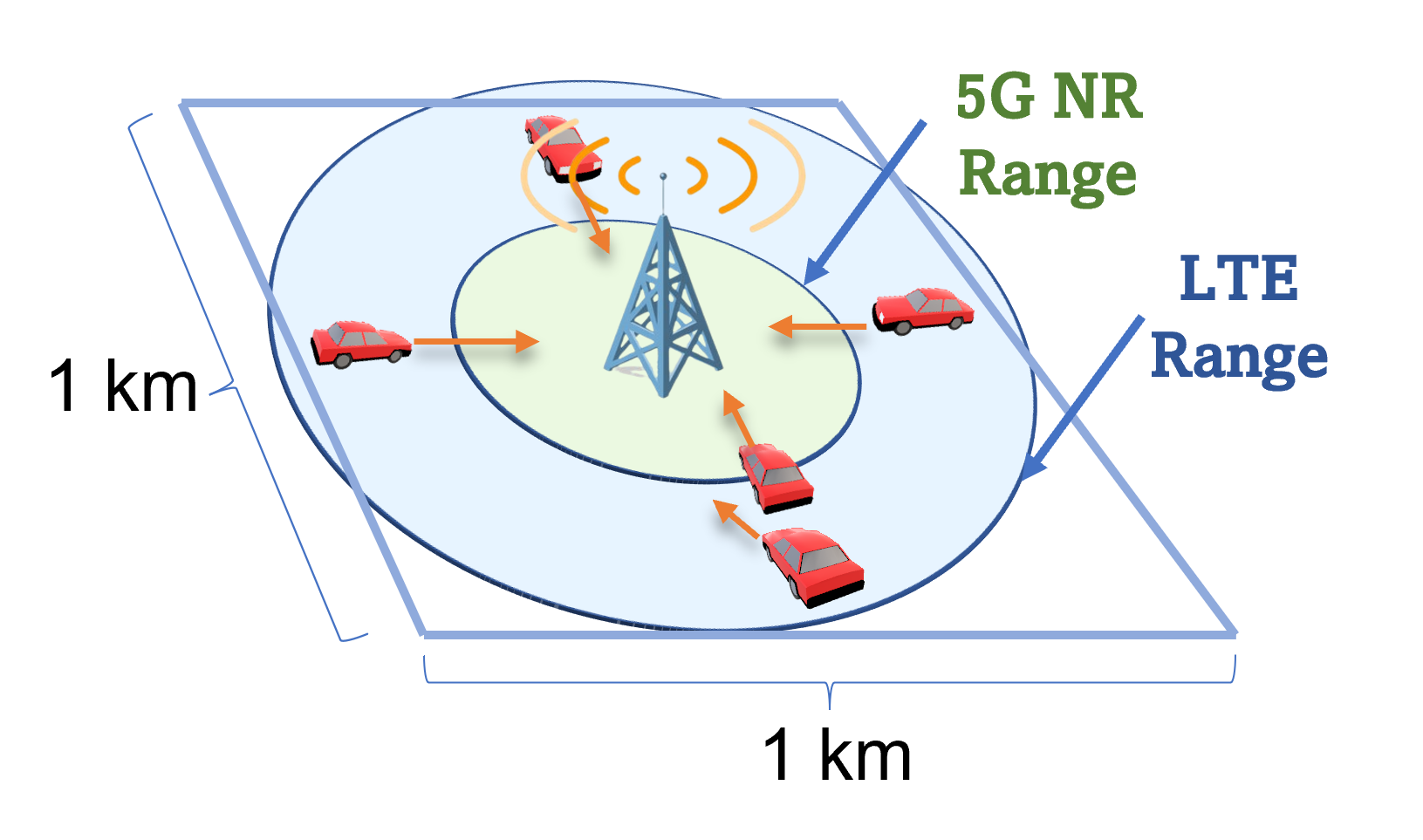The vision of 5G lies in providing high data rates, low latency (for the aim of near-real-time applications), significantly increased base station capacity, and near-perfect quality of service (QoS) for users, compared to LTE networks. In order to provide such services, 5G systems will support various combinations of access technologies such as LTE, NR, NR-U and Wi-Fi. Each radio access technology (RAT) provides different types of access, and these should be allocated and managed optimally among the users. Besides resource management, 5G systems will also support a dual connectivity service. The orchestration of the network therefore becomes a more difficult problem for system managers with respect to legacy access technologies. In this paper, we propose an algorithm for RAT allocation based on federated meta-learning (FML), which enables RAN intelligent controllers (RICs) to adapt more quickly to dynamically changing environments. We have designed a simulation environment which contains LTE and 5G NR service technologies. In the simulation, our objective is to fulfil UE demands within the deadline of transmission to provide higher QoS values. We compared our proposed algorithm with a single RL agent, the Reptile algorithm and a rule-based heuristic method. Simulation results show that the proposed FML method achieves higher caching rates at first deployment round 21% and 12% respectively. Moreover, proposed approach adapts to new tasks and environments most quickly amongst the compared methods.
翻译:与LTE网络相比,5G的愿景在于提供高数据率、低延迟度(用于近实时应用)、显著提高基站容量和用户服务近乎完美的质量(QOS),与LTE网络相比,5G系统将支持各种接入技术的组合,如LTE、NR、NR-U和Wi-Fi。每个无线电接入技术(RAT)提供不同类型的接入,这些技术应在用户之间得到最优化的分配和管理。除了资源管理外,5G系统还将支持双连通服务。因此,网络的管弦化对于系统管理人员来说,在遗留的接入技术方面成为一个更困难的问题。为了提供此类服务,我们建议了基于FML(FML)的RAT分配算法,使RAN智能控制器(RIC)能够更迅速地适应动态变化的环境。我们设计了一个包含LTE和5GNR(基于L)方法的服务技术的模拟环境。在新的模拟中,我们的目标是在第一个传输期限内满足U的要求,提供更高级的QS-SL(RimS)值,并显示我们拟议的12RML(RR)方法。






